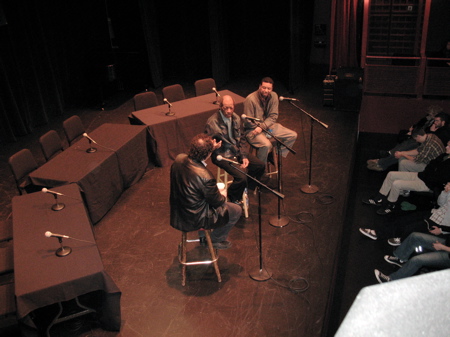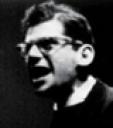
Dateline Houston . . . but no Houston skyline as we dart off the freeway, lose the skyscrapers looming over downtown, and slide off into a mixed through street – specialty furnishings and pawn shops – and then onto a narrow side street, Sul Ross, home to the Menil Collection. My brother-in-law has driven forty minutes in heavy traffic to bring me here; I have four, maybe five hours before he returns. I head past the furious landscaping being done to complete the new Michael Heizer sculpture that sweeps across the 400 foot front of the museum building, enter the door and walk past the front desk in the broad, bright foyer (there’s free admission at the Menil), turn right down the central corridor, and pause before the first doorway: SURREALISM.
I hardly dare breathe. It is just as I remember from a visit a few years back. Outside of books, this museum is my only true experience of what Surrealism means. Dozens of works: de Chirico, Magritte, Ernst, Picabia and Cornell. Striking images, especially Magritte’s visual puns familiar to folks with no idea what Surrealism means. The large gallery space is divided into smaller rooms of a dozen or so paintings each. Each space has two, sometimes three entrances, so you circle back through areas, peek around corners, compare paintings, view pieces from a longer perspective – intimacy and distance, the vague unsettling dis-ease induced by Surrealism. Claustrophobia and open-endedness. It’s dreamwork, what Andre Breton called “the interpenetration of the physical and mental to resolve the dualism of perception and representation.†It’s the uncanny that rises like perfume from the most familiar objects in your world. This vast Surrealist space is one of my spiritual homes.
I have that space is back in Portland, too, if only in my head, but still I’m incredibly envious of the Houstonites who have daily access to its physical space.
Continue reading The Pilgrim in Houston: Surreal Rhymes With Menil

 Wagner’s a mighty guy, but he’s no winker. Puccini’s plenty theatrical, but he wouldn’t wink if a butterfly fluttered past his eyeball. OK, Mozart winked. A lot. And I suppose you could call the elephant stomping around the stage in “Aida” a wink, but really, that’s more of a giant-size goggle.
Wagner’s a mighty guy, but he’s no winker. Puccini’s plenty theatrical, but he wouldn’t wink if a butterfly fluttered past his eyeball. OK, Mozart winked. A lot. And I suppose you could call the elephant stomping around the stage in “Aida” a wink, but really, that’s more of a giant-size goggle. So,
So,  Looking ahead: This weekend the
Looking ahead: This weekend the 